What It Means To Teach
What does it mean to be a teacher? We start out with the function of a teacher, and then begin to mix in ‘all the rest.’
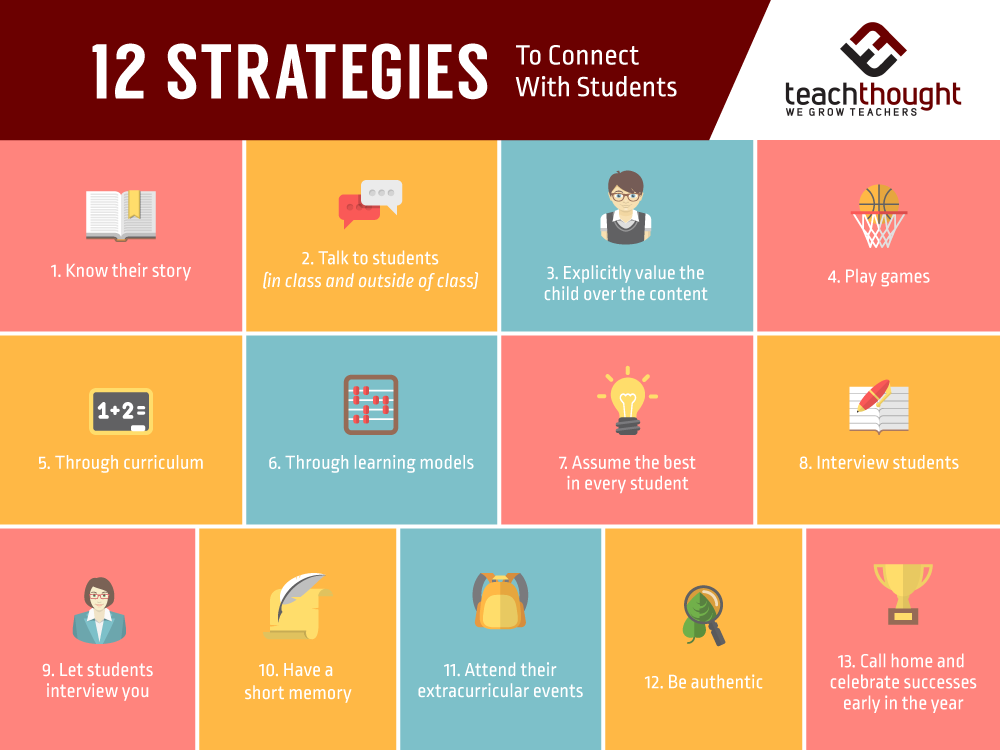
What does it mean to be a teacher? We start out with the function of a teacher, and then begin to mix in ‘all the rest.’
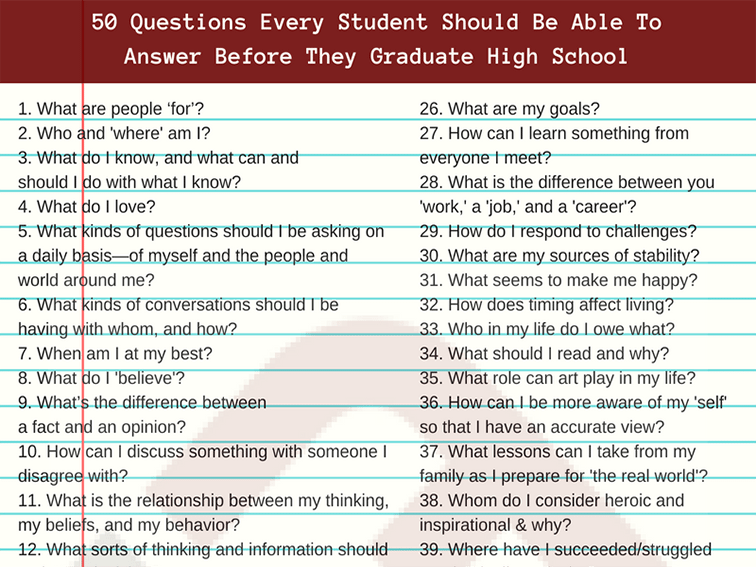
When should I lead and when should I follow? When should I talk and when should I listen–and what is the role of each in understanding?
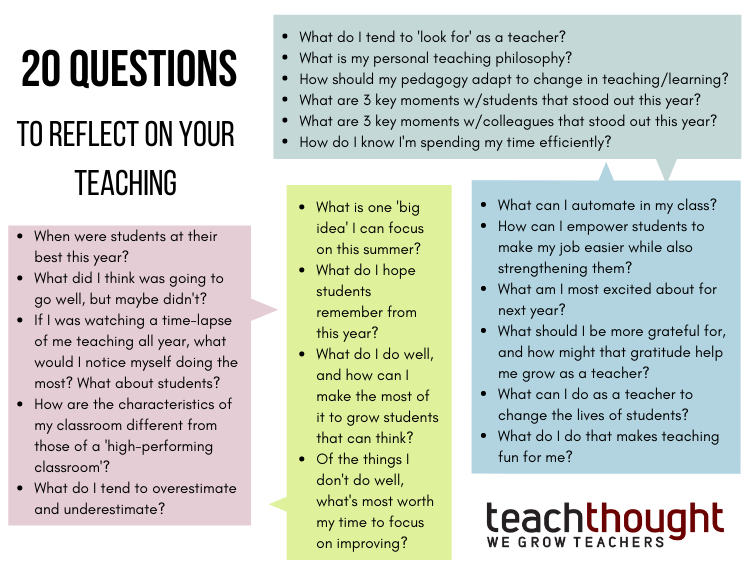
How can you reflect on your teaching to grow each semester/year? To make teaching easier? Better? More powerful? More fun? More efficient?
Examples of disruption in education range from the demand for eLearning to the soaring cost of college to adaptive learning technology.
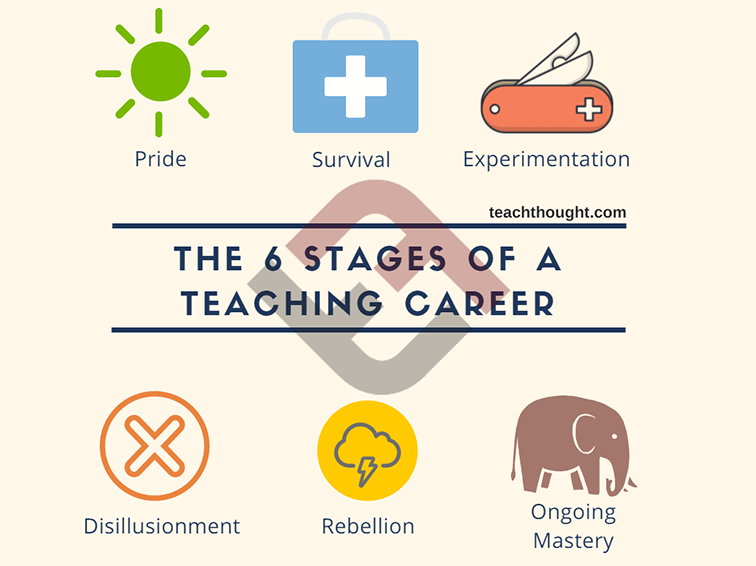
We’re diving into the 6 stages of a teaching career: pride, survival, experimentation, disillusionment, rebellion, & ongoing mastery.
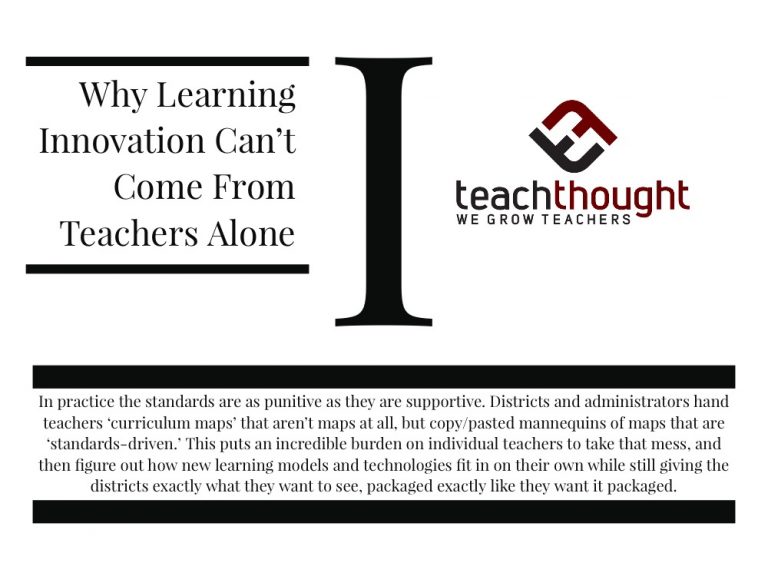
Learning Innovation Can’t Come From Teachers Alone by Terry Heick A few years ago, the late Grant Wiggins, a learning expert who inspired me since my first year in the classroom, wrote about the intersection of academic standards and creativity. “Why do people insist on viewing the Standards as inconsistent with teacher creativity and choice?…
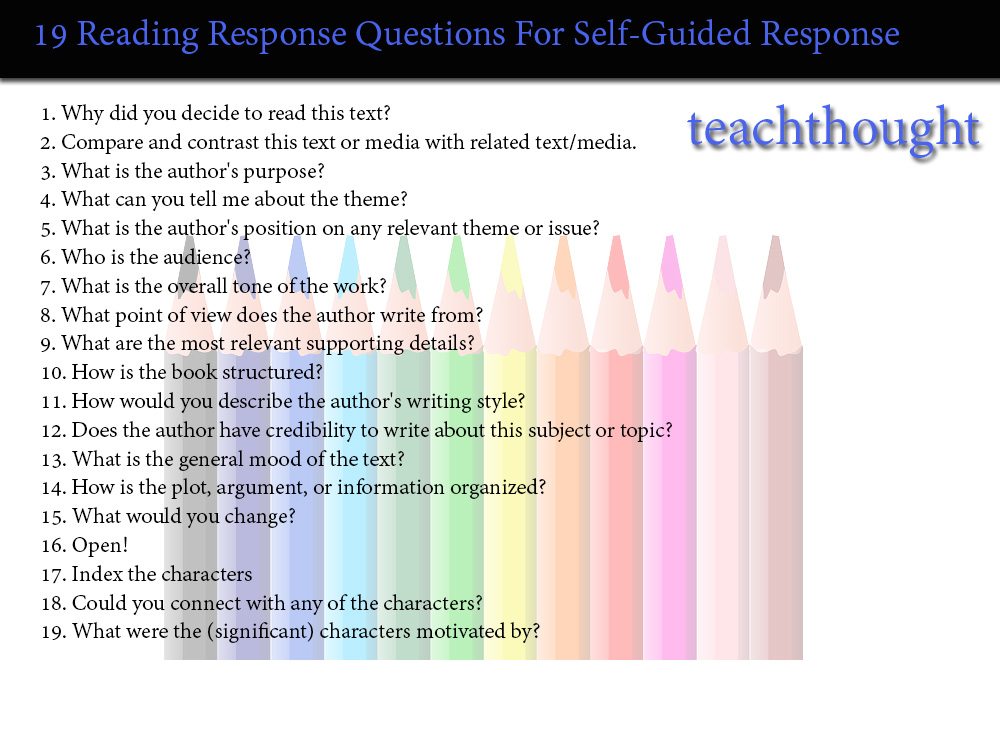
Students needed to see what a ‘quality’ reading response looked like. Once these questions were demystified a bit, it was all downhill.
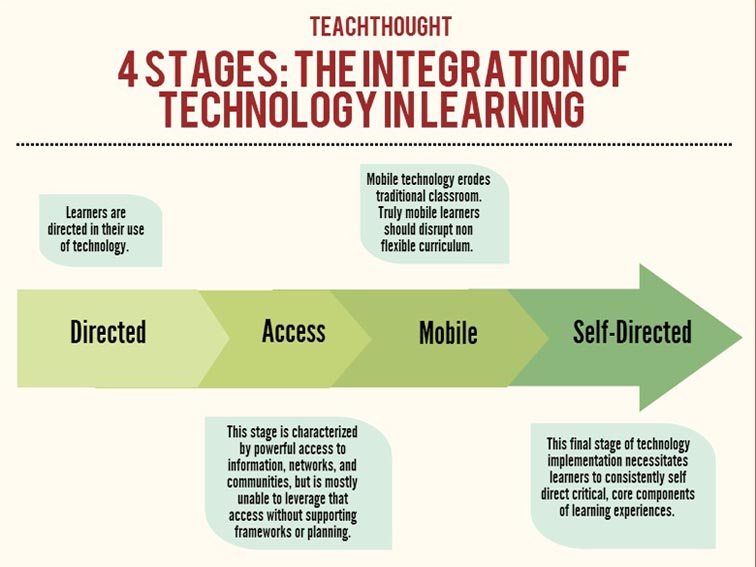
Mobile technology erodes the traditional classroom. Truly ‘mobile’ learners should disrupt non-flexible curriculum.
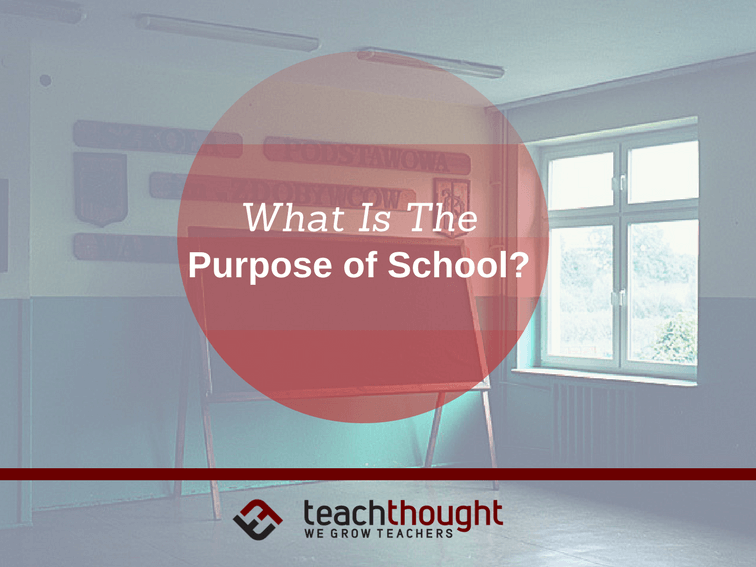
How much of your intelligence, your affection, your skill, and your pride is employed in your work? What are its ecological and social costs?
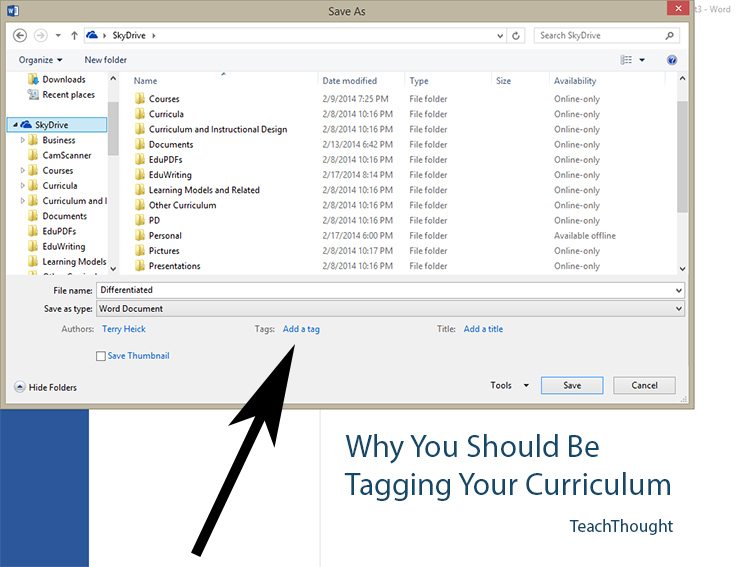
Why should you tag your curriculum? Because it makes it easier to skim, search, analyze, evaluate, and use what you use to teach.
What Is Really, Truly ‘Best For The Kids’? by Terry Heick What’s best for the kids. I remember hearing this phrase when I was handed a towering stack of fluency probes that represented about 3-4 hours of “in addition to” work per week. I wasn’t against the idea behind it all (supporting the literacy of…
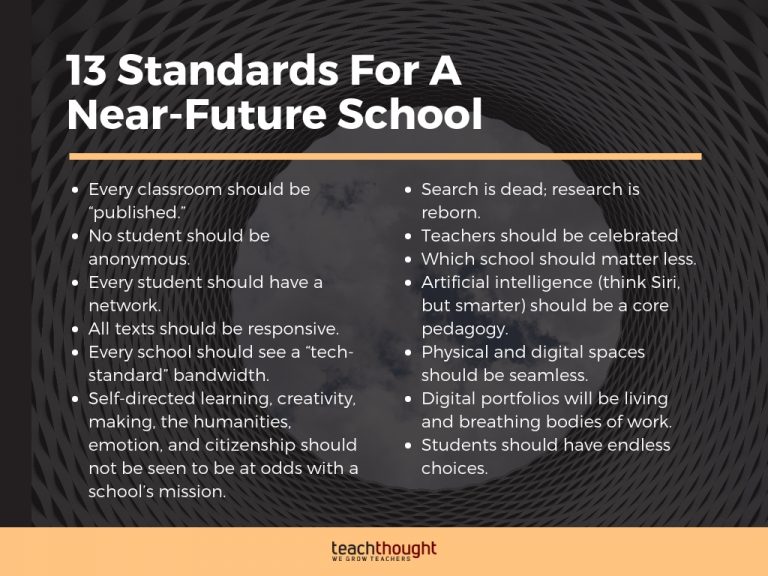
Artificial Intelligence will be a core part of learning, helping students choose books, assessment forms, learning strategies, and more.